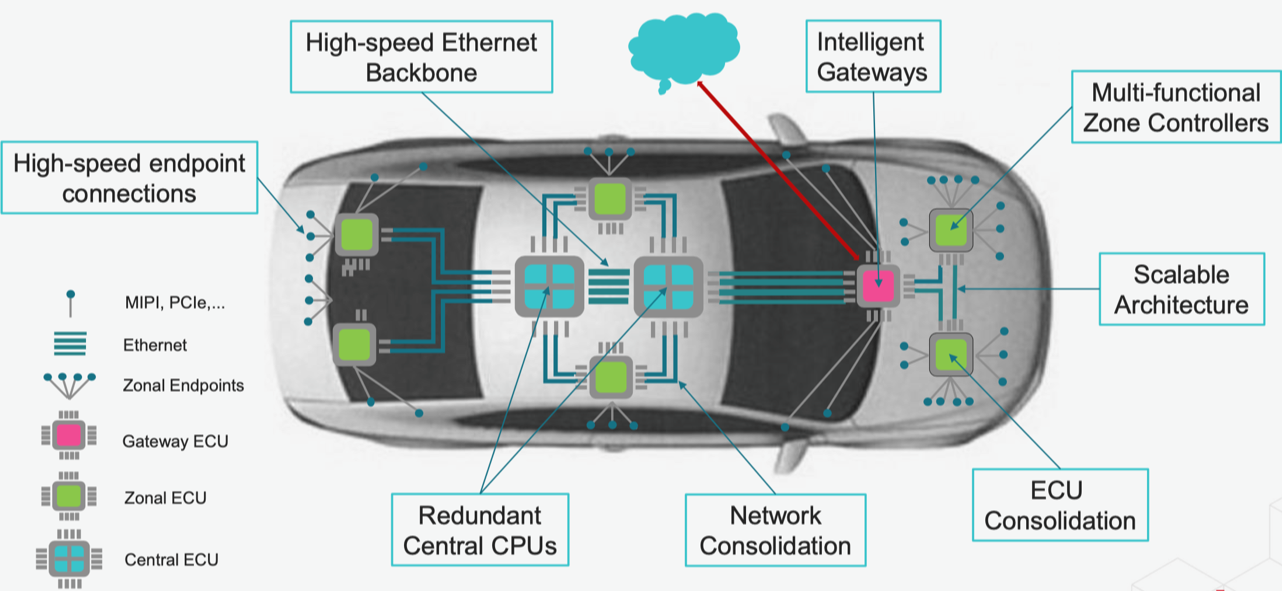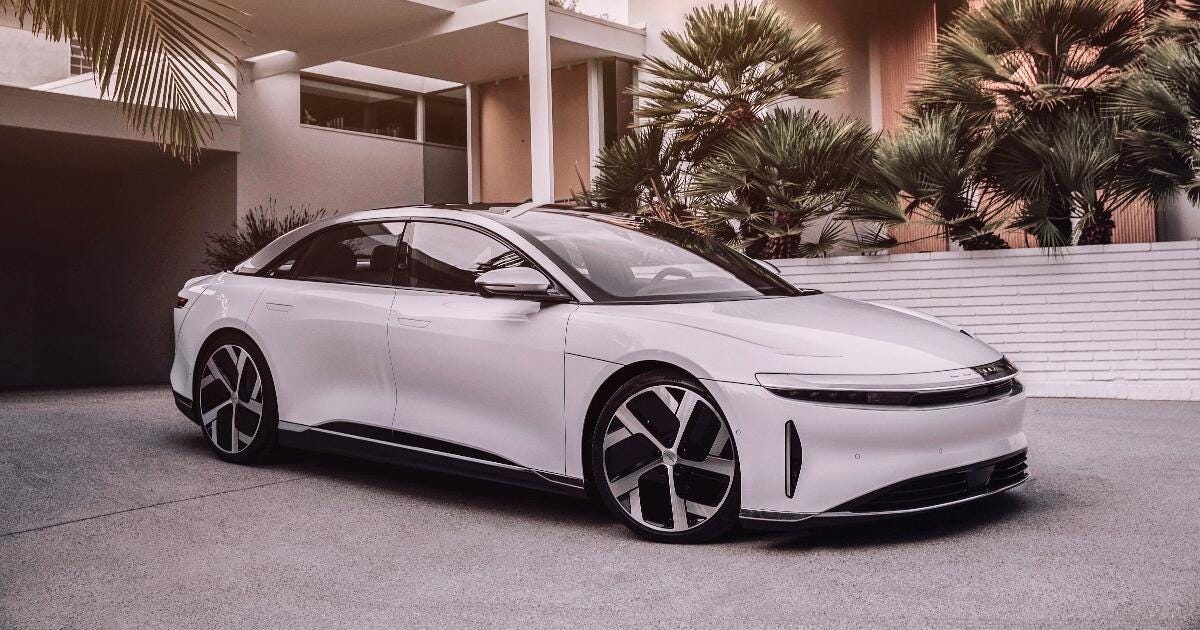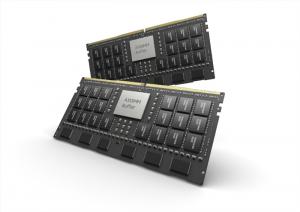
Data Centers On Wheels
Automotive architectures are evolving quickly from domain-based to zonal, leveraging the same kind of high-performance computing now found in data centers to make split-second decisions on the road.
This is the third major shift in automotive architectures in the past five years, centralizing processing using 7nm and 5nm technology, specialized accelerators, high-speed memory, and highly targeted software architectures. For decades, most of the electronics on a car were encased in electronic control units, segmented by function such as braking and infotainment. As more safety features were added and centralized, they were organized by distinct software stacks and automotive OSes based on different domains communicating with each other through a centralized gateway, which is what most new vehicles use today.
But as more autonomy is added into vehicles, the latency of a centralized gateway is proving unworkable. Tighter interdependence, scalability, and flexibility are all required, which a zonal architecture allows, and OEMs are at varying stages of adopting this approach. Strikingly, the automotive zonal architectures look a lot like scaled-down HPC data centers.





















